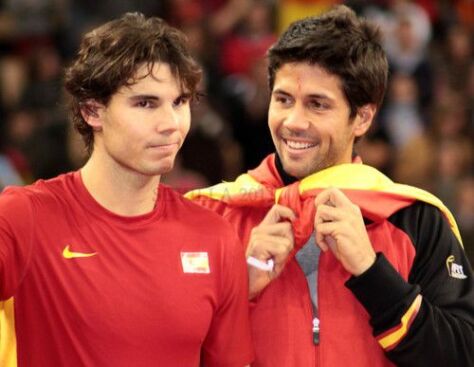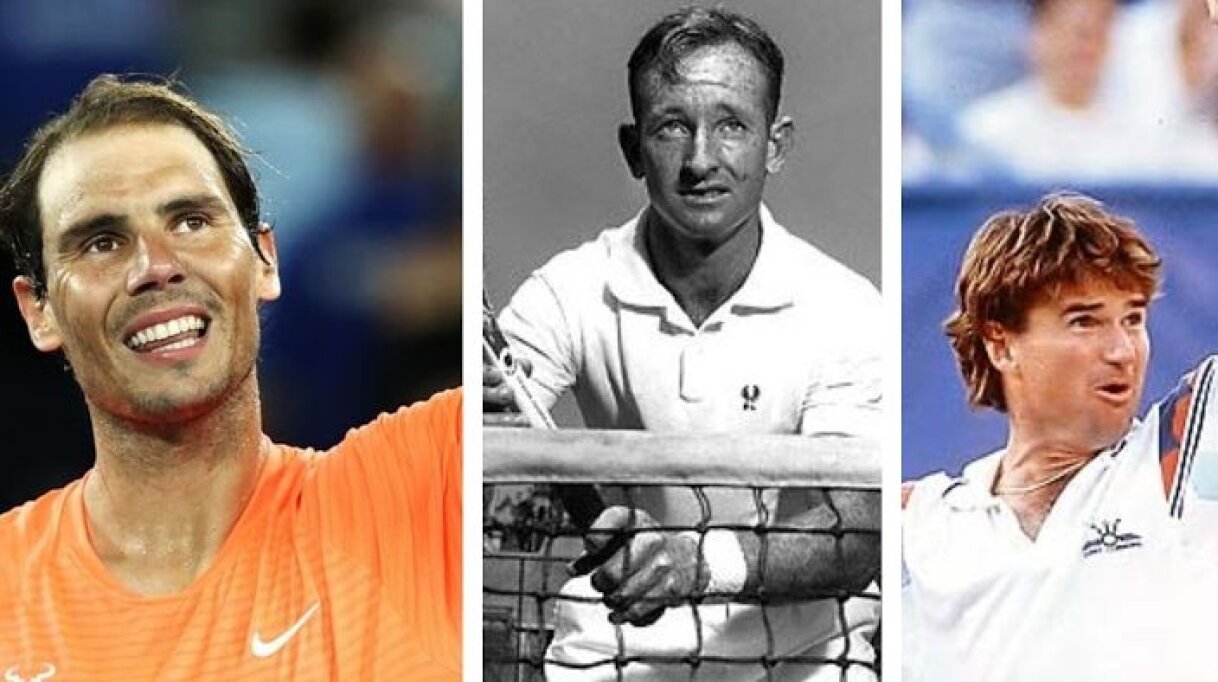Left-handers vs Right-handers in Tennis: Statistical Analysis and Who has a better advantage?
Most professional tennis players analyze the game of their opponents in terms of their strengths and weaknesses before facing them on the court.
However, they will have to get the physicality and visualization of a different style of player that emerges in the form of a left-hander who has an unorthodox and unusual game.
The leftie possesses an offbeat spin and a faster pace. Many left-handers like Jimmy Connors, Rod Laver, Rafael Nadal, Martina Navratilova, John McEnroe, Monica Seles, and Bob Bryan have dominated the sport.
Did you know?
Only 15 left-handers are there in the top 100 of the ATP Rankings and 20 players in the top 200 of the WTA Rankings.
Many right-handers in the sport often struggle to get going against a leftie as their forehand touted to be their main weapon will be against the left-hander's backhand. This affects them while constructing points in baseline rallies as they are unable to anticipate the moves of the left-hander. The leftie can hit a cross-court forehand with a bit more sidespin than a right-hander and also finish off the point with a deft volley.
The righties prefer playing forehand-forehand cross-court rallies and the wide serve of the leftie forces them to change the pattern of their approach shots.
Strengths of being a Left-Hander
- They get most of their points by serving across the body (Ad side). The returner has to move further out as it is hard to reach the ball with the backhand due to overstretching than the forehand. The left-hander can return the serve with a powerful forehand winner.
- Lefties have more chances of success on grass and clay than hard courts due to their better winning percentage. They can easily defend shots against right-handers by using their sharp backhand.
- The wide-swinging serve from the left-hand side of the ad court helps them to win most of the crucial points like breakpoints, game points, and setpoints.
- They can hit a cross-court forehand with more topspin that kicks up high into the rightie's backhand. This drags the right-hander out of the court.
- They can also go for the heavy slice off the backhand to the right-hander's forehand as the rightie will find it tough to defend low-bouncing balls.
- A left-hander can return the ball early from a right-hander's serve by using the sneak attack. They trick the opponents with clever drop shots and perfectly placed lobs.
Limitations of Left-handers
- Left-Handers cannot use the kick serve quite effectively and it is better to go for a more natural slice serve. The slice serve can swing the ball out wide into the right-hander's backhand.
- If a right-hander serves on the ad-side to the leftie's backhand, he can force the leftie to play his return from the middle of the court.
- The right-handers who can hit the cross-court forehand and down-the-line backhand will get more points against a left-hander.
- Left-handed tennis players struggle to return serves of right-handers when they serve from the ad court and the ball hits the centre of the court.
- Lefties can be put in a spot of bother when the right-hander targets their forehand while returning on the backhand from the ad-court. This prevents them from playing their inside-out forehand from the right of the centre line.
- The right-handers can hit the ball on the rise by not playing the backhand slice when the leftie hits his returns short.
The highest winning percentage among active players against left-handed players
| Rafael Nadal | 87.50% |
| Roger Federer | 77.70% |
| Andy Murray | 77.30% |
| Novak Djokovic | 76.60% |
| Jo-Wilfried Tsonga | 74.70% |

The top players often change their game strategies by going for a down-the-line return to the deuce court for ensuring that the left-hander sticks to the tactic of a Serve + 1 Backhand. They significantly reduce their cross-court returns to the ad court.
As seen above, left-handed players do have a big advantage at the top-tier of professional tennis and can intimidate their right-handed opponents. However, due to the advancement of technology and the availability of data analytics.
Featured Image Credits - Getty Images


.png)


Leave a Reply